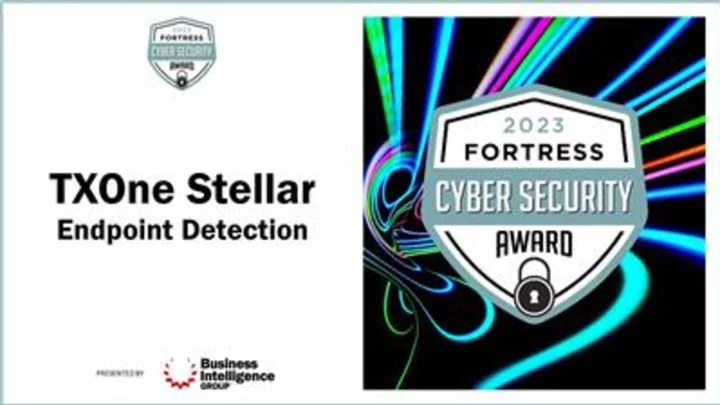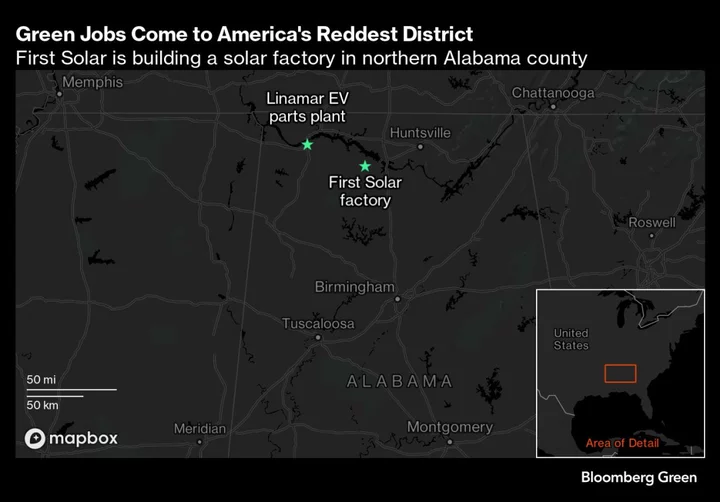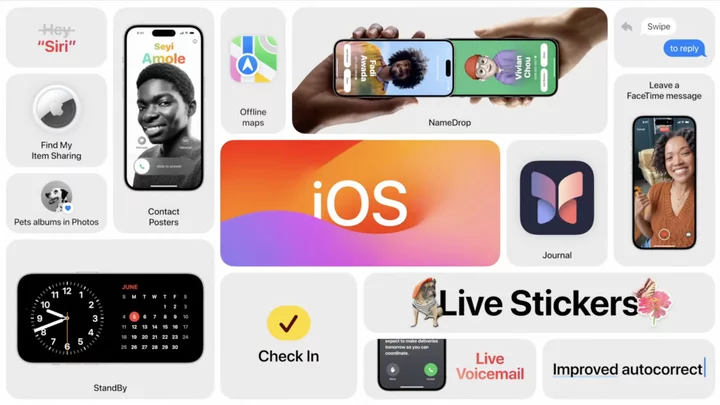
Abu Dhabi Edtech Firm Alef Education Considers an IPO
Alef Education, an Abu Dhabi-based edtech firm, is considering an initial public offering in the United Arab Emirates
2023-07-20 17:49

Audubon Engineering Supports Bechtel and NASA Mobile Launcher 2 Project
HOUSTON--(BUSINESS WIRE)--Sep 12, 2023--
2023-09-12 22:22

Key ‘Call of Duty: Modern Warfare 3’ plot will see Task Force 141 ‘adapt or die’ to Vladimir Makarov’s threat
Ahead of its launch in November, a reveal trailer has shown a key ‘Call of Duty: Modern Warfare 3’ plotline will see Task Force 141 “adapt or die” to the oncoming threat of Vladimir Makarov.
2023-08-18 20:19

Call of Duty: Modern Warfare III Countdown: Multiplayer Release Time
The Call of Duty: Modern Warfare III countdown is ticking away as multiplayer releases at Friday, Nov. 10, 2023, at 12 a.m. ET.
2023-11-09 03:17

Forecasting, Monitoring and KI – Swarm Intelligence for the Energy Transition at EM-Power Europe
MUNICH & PFORZHEIM, Germany--(BUSINESS WIRE)--Jun 1, 2023--
2023-06-01 17:59

Irish students receive boosted Leaving Cert results for third year running
Unlike in the UK, grades were still boosted to reduce the effects of the Covid-19 pandemic.
2023-08-25 19:15

Pokimane receives backlash from streamers for her controversial statement about xQc's Kick deal: 'Morals and ethics about what?'
While some argue that joining Kick is simply a matter of furthering one's career, others, like Pokimane, view it as a compromise of one's integrity
2023-06-23 22:24

GIGABYTE’s AI Servers with Superchips Shine at COMPUTEX, Redefining a New Era of Computing
TAIPEI--(BUSINESS WIRE)--May 29, 2023--
2023-05-29 17:26

Put Down the Phone: How to Unplug With Google's Digital Wellbeing for Android
Are you addicted to your smartphone? Many of us can't seem to stop checking email,
2023-05-15 06:58

TXOne Networks’ Stellar Wins 2023 Fortress Cyber Security Award by Offering Detect and Response Solution for Cyber-Physical Systems
IRVING, Texas & TAIPEI, Taiwan--(BUSINESS WIRE)--May 31, 2023--
2023-06-01 02:58

NFL Network and NFL RedZone will be offered direct to consumer on 'NFL+' service
The NFL is making additional moves to reach more fans with direct-to-consumer offerings
2023-08-11 03:49

Deep in Trump Country, Biden Plan Creates Hundreds of Green Jobs
The papermill in Courtland is gone. The railcar factory in Cherokee too. Here in north Alabama, people are
2023-11-01 18:46
You Might Like...

Global hack blamed on Russian cybercriminals affects insurance giant and California pension fund

How to watch French Open online for free

Alix Earle and Braxton Berrios spotted kissing at Miami club, fans say 'love them together'

Elon Musk claims Twitter login requirement just 'temporary'

Meta to roll back Covid-19 misinformation measures

Roberto Firmino FIFA 23: How to Complete the End of an Era SBC

iOS 17 will transcribe your audio messages, customize contact posters

US Republican senators ask tech firms about content moderation in Israel-Hamas war
